One of the most striking trends highlighted by HIM’s report is the decline in the importance of fuel to forecourts, with the proportion of customers who buy only fuel falling from 52% in 2011 to 37% in 2014, and 13% of shoppers at forecourt stores don’t even have a car.
Blake Gladman, senior research manager at HIM, says: "Increasingly developed shopping habits and an ever-demanding need from shoppers for convenient and relevant solutions to fit in with the working week has led to a blurring of channels on the high street, such as discounters stepping into convenience, and supermarkets becoming food-to-go outlets. This trend can be seen on the forecourts too. Fewer shoppers are visiting petrol stations for fuel only. This is being driven by a change in fuel consumption habits but also by the increasing demand for food and drinks to-go."
When it comes to customers seeking to ’shop’ rather than just buy fuel, symbol forecourts have a clear lead over their managed counterparts. HIM found that just 26% of symbol forecourt customers are buying only fuel, and that symbol forecourts manage to sell more than two items in 62% of transactions compared with 57% at the managed stores.
Fuel
The buying behaviour of fuel customers is matching their buying patterns in store. Instead of filling up the tank, more customers are refuelling little and often. This is good news for forecourts and their suppliers as each additional visit to refuel is an additional opportunity to encourage drivers to shop in the store.
The decline in the importance of fuel in the forecourt offer is reinforced by research looking at the relationship between fuel prices and whether they impact on expectations about prices in the store. HIM found that 73% of customers said the price of fuel would have no impact on their expectations of the shop prices. Only 12% said cheap fuel prices would make them expect lower shop prices, and 16% said expensive fuel prices would make them expect expensive shop prices.
In addition, HIM found that 69% of shoppers are not influenced by the brand of fuel when choosing a forecourt so the role of the shop and its price perceptions are playing an increasingly important role.
Food-to-go
While the symbol forecourts are getting customers to buy more items other than fuel, the managed forecourts are performing better in one crucial area. Other than fuel, food-to-go is the most prevalent shopping mission in forecourts. One in three shoppers at a managed forecourt (33%) are on a food-to-go mission, compared with only 18% of customers at symbol forecourts.
Gladman says: "With increased development of shopping habits comes increased expectations of quality, value and service. These key elements are no more relevant than within the food-to-go category. With such competition on the high street for this sector, these factors are no longer a ’nice to have’ in the forecourts of the future, but a necessity in order to drive credibility and trust from shoppers.
"It is here that the role of established foodservice brands, such as Subway and Costa, are already playing a key role, and one where Greggs (41% of shoppers would like to see Greggs on a forecourt the highest brand mentioned) and others are following."
Top-up shopping
The opportunity for significant growth, however, lies within maximising the top-up mission bigger basket size, great visit frequency and higher spend. Symbol forecourts are the benchmark of excellence to achieve here.
The Forecourt Tracking Programme reports that symbol forecourts are attracting three times as many top-up shoppers at 18% compared with managed forecourts, achieving just 6%. But the potential for growth to aim for is demonstrated by standalone convenience stores where 34% of shoppers are on top-up missions.
Gladman says: "A 1% increase in shoppers on a top-up mission to UK forecourts could represent an incremental £43m in sales."
In order to make the most of this opportunity however, forecourt operators need to match their range to their customers’ needs. Impulse categories feature more heavily in the ’top-up’ basket of forecourt shoppers, while fresh is an important component in the shopping missions to standalone stores, so improving the range and quality of fresh is the key to sustaining growth in this mission.
Women are more likely to be top-up shopping in forecourt convenience stores so targeting these shoppers will also drive growth. Research among these shoppers shows: 20% want more promotions; 27% want more parking spaces; and 15% want more products for their needs
HIM highlights the award-winning Spar store at Parkfoot Garage in West Malling, Kent, as an example of a store that has embraced these lessons to capitalise on the available opportunity. Strong promotions and a £1 message have encouraged incremental purchases and parking spaces and strong external signage communicate to shoppers that it is a shop and not just a forecourt.
Gladman adds: "Increased focus on fresh produce, comfortable store environments, fast service and parking spaces mean that forecourts are no longer the destination to fuel your car and get a chocolate bar, but a convenience store which offers fuel as part of its repertoire of services."
What the shopper wants
When fuel-only customers were asked what the barriers were to becoming ’shoppers’ the top two were price (51%) and slow service (31%. Therefore, forecourts must focus on price perception, but also on customer service if they are to compete with standalone symbol stores.
Speed of service, staff friendliness, ease of shop and product availability were identified as the four most important factors for customers in HIM’s study of standalone c-stores and these customers will expect the same level of service on forecourts.
The future
The number of forecourts in the UK has grown for the first time since records began and HIM says they can tap into shopping trends that are currently developing. It says shoppers are looking for multi-channel solutions and forecourts are well placed to satisfy this demand. Asked what they would like to see their local forecourt offer in the future shoppers suggested: post office (24%); Costa Coffee (21%); a WiFi zone (20%); and pharmacy (16%).
Gladman says: "With high passing trade and an affluent customer base, forecourts can become more of a destination for shoppers looking for more than just fuel."
Methodology
HIM interviewed 4,200 customers on forecourts to obtain their views to compile its Forecourt Tracking Programme 2014. In comparing symbol forecourts and managed forecourts it worked with five symbol groups Costcutter, Loco, Mace, Nisa and Premier and the managed forecourts were owned by BP, Shell, Esso and MRH.


















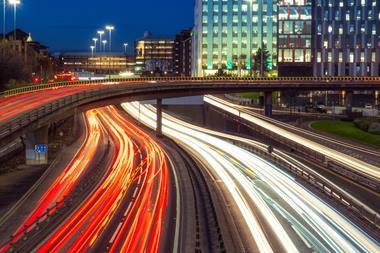
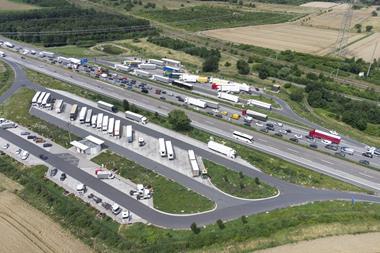
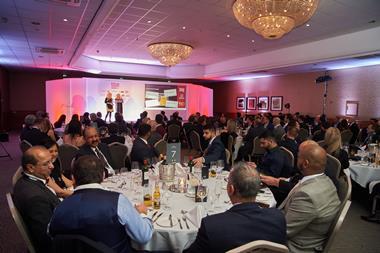
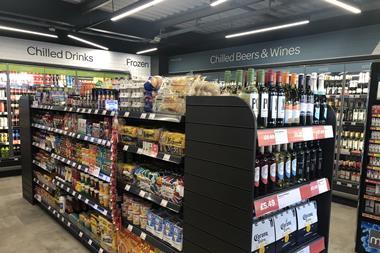
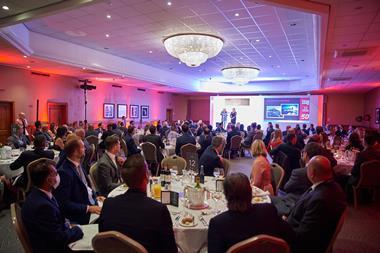
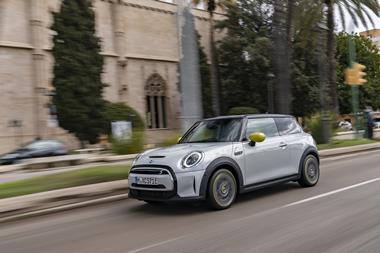


No comments yet